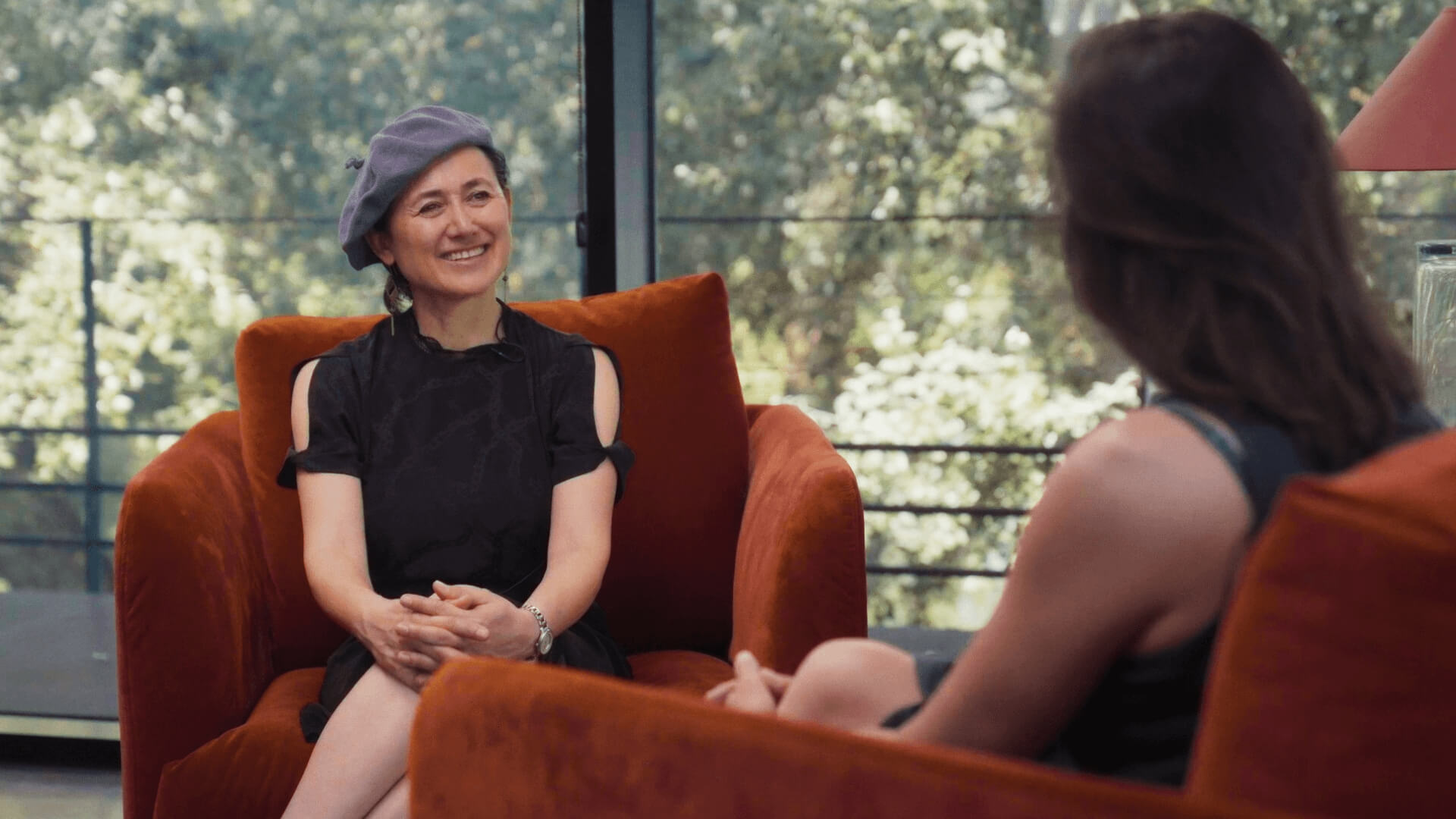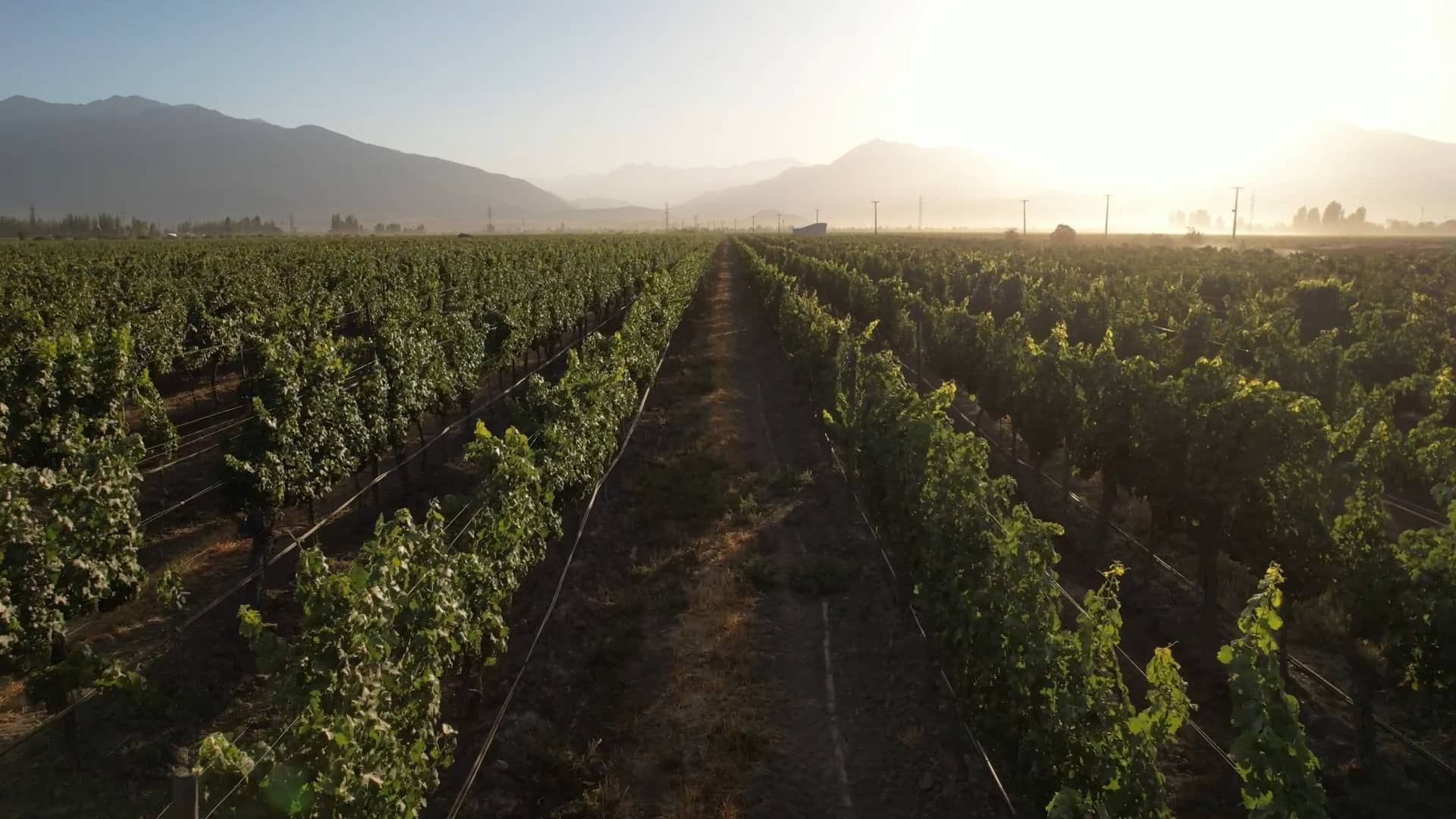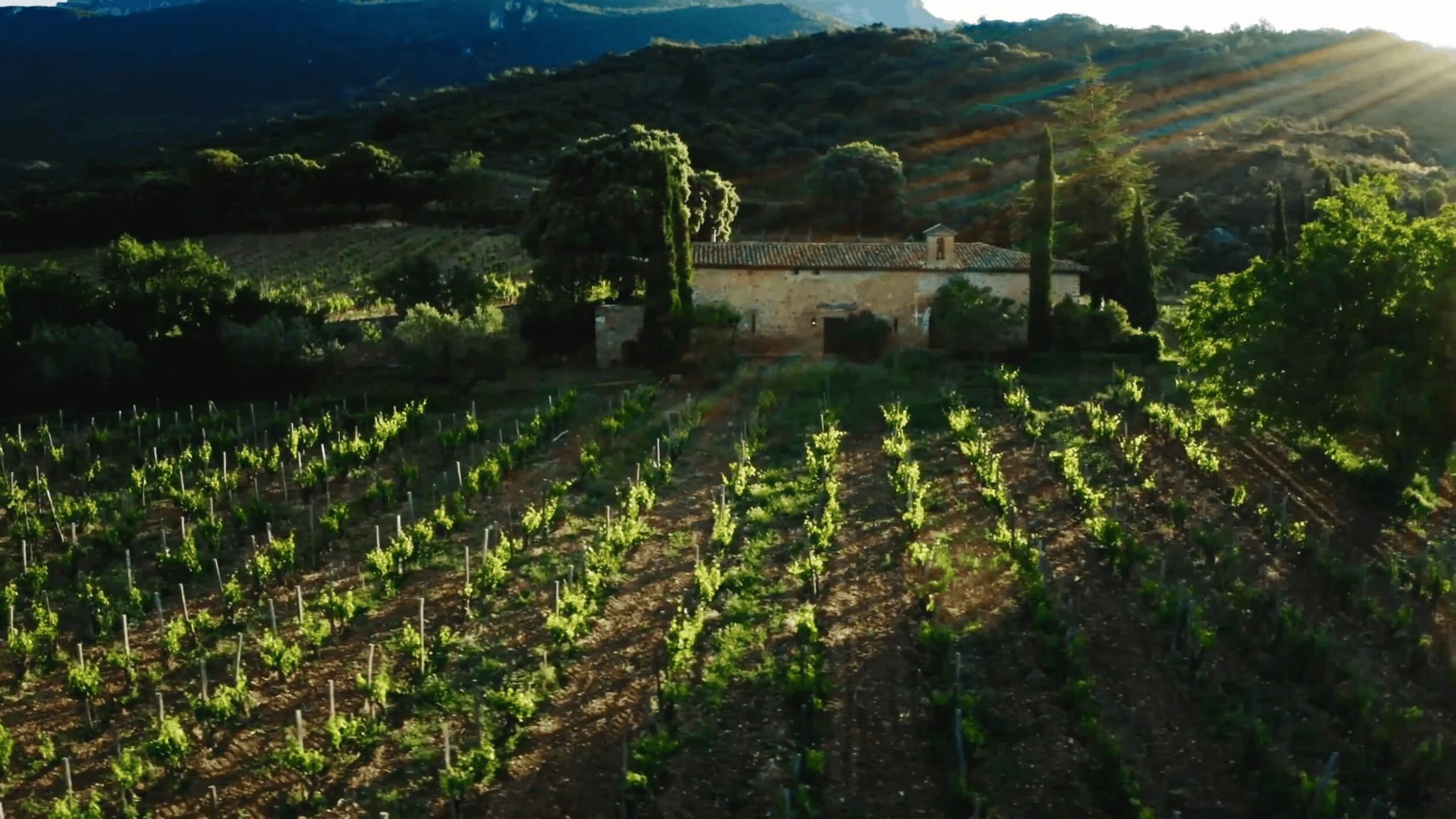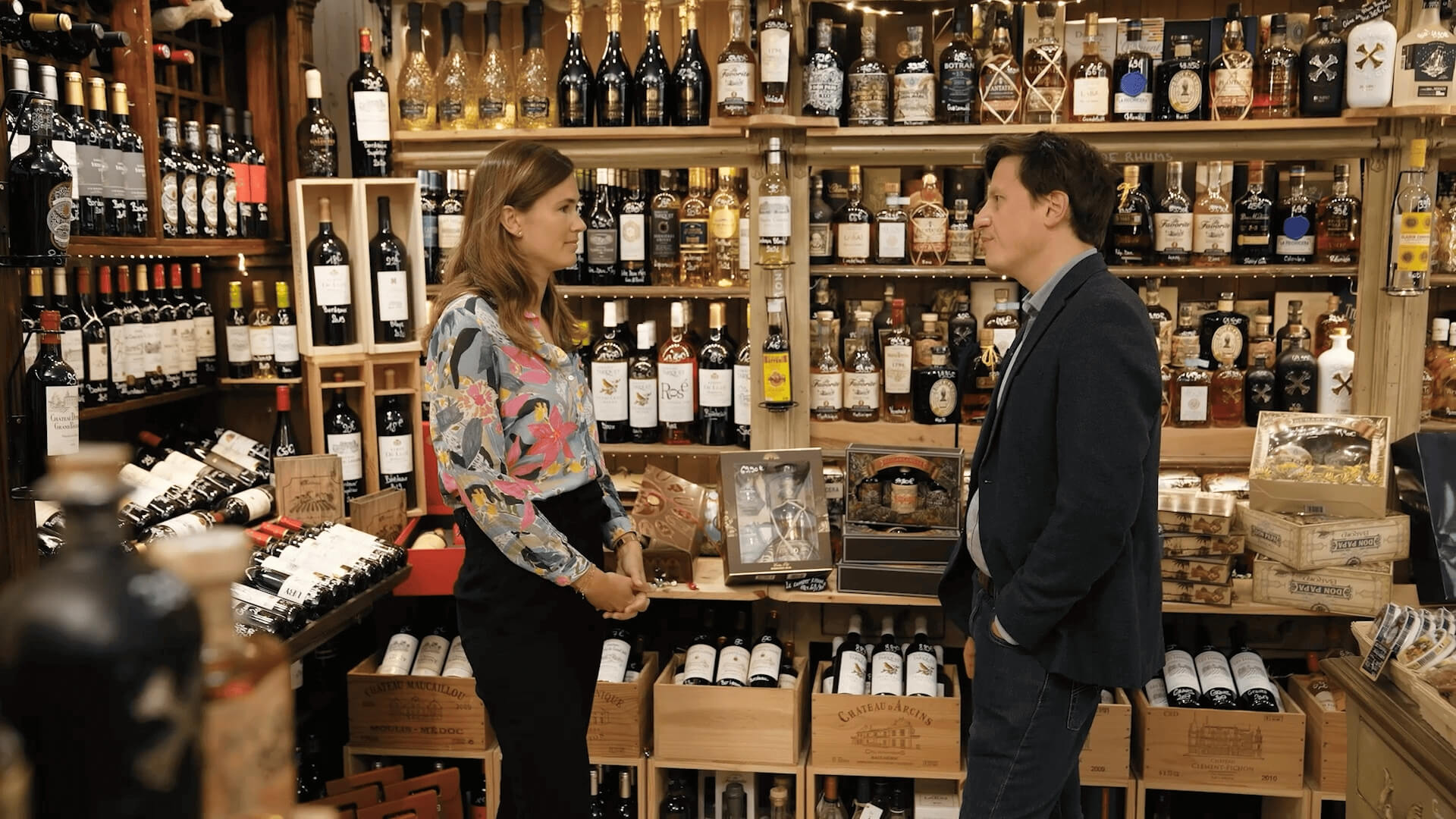Château Quintus, a vineyard protected by a dragon

Though Château Quintus may be a young estate, it’s anchored in ancient history. Even its name, Quintus, is a nod to the Gallo-Roman origins of the Saint-Emilion vineyard – in antiquity, it designated the fifth child in a family. This reflects the estate’s position in the great family of Domaine Clarence Dillon, headed by Prince Robert of Luxembourg, which includes such notable members as Château Haut-Brion, 1er Grand Cru Classé en appellation Pessac, and Château La Mission Haut-Brion, Grand Cru Classé de Graves.
Visitors to Château Quintus are welcomed by a statue of a majestic dragon. Once again, the vineyard draws on compelling symbolism. As a mythological figure, dragons were originally guardians of treasure. At Château Quintus, the dragon is placed at the site of a former watchtower, guarding a precious terroir that has been reinventing itself since 2011.

“The first challenge was to appropriate this new right-bank terroir for ourselves, and the second to use internal expertise, the savoir-faire of the Haut-Brion teams, and this rich history to accompany us.”
Mariette Veyssière, Director of Château Quintus
Taking ownership of a multifaceted Saint-Emilion terroir
At Château Quintus, the 45-hectare estate was built up progressively, in Saint Emilion Grand Cru appellation, starting in 2011, when the first parcel was purchased, then in 2013, with the acquisition of a neighbouring plot, and most recently in 2021, when a third section was added. The three pieces of land create a 360-degree vineyard on a promontory featuring multiple orientations, as well as both hillside and plateau terroirs.
To develop an in-depth understanding of these various terroirs, soil studies were carried out, an essential prerequisite to implementing high-precision viticulture. This was how Mariette Veyssière and her team set out to be “very precise in managing the vineyard”, and therefore “very precise in managing the vinification”.

“The common denominator is the limestone-clay soil found in the slopes of Saint-Emilion. But each plot has its part to play, unique in its own way. For example, the recently acquired northern face brings a great deal of freshness. The southern face offers more roundness and opulence in the wines. So now, there is true complementarity, a very wide palette of terroirs.”
Mariette Veyssière, Director of Château Quintus
Armed with the knowledge of their terroir, the Quintus teams produce two wines, the grand vin Château Quintus and the second wine Dragon de Quintus, both classified in Saint Emilion Grand Cru appellation.
Château Quintus 2016, vintage of maturity

From the beginning, the wine merchant of Bordeaux wines, Twins, has kept a close eye on this estate in construction, with several highlights: the first vintage of Quintus in 2011, then “from 2015 onwards, a much more distinctive style and in 2016, a key vintage”, says Pauline Lagarrigue, Export Director at Twins. Mariette Veyssière feels the same.
“The 2016 vintage was a pivotal moment for Château Quintus. For us, the Quintus style appeared at that moment, because we were a lot more precise in the knowledge of our terroirs, and a lot more precise in our vinification methods as well. Between 2011 and 2016, we also worked a great deal on integrating woodiness. Those were the two essential keys to our wines in 2016.”

At Château Quintus, the aim is to highlight two types of terroirs: on the one hand, pure limestone-clay terroirs, trademark of Saint-Emilion, and on the other, limestone terroirs containing starfish fossils. Both are quite shallow, directly on the bedrock, giving the wine a strong identity and in particular, a lot of minerality. For the team directed by Mariette Veyssière, the aim is to find the perfect alchemy between dominating Merlot grapes and a high proportion of Cabernet Franc grapes, to achieve a classic wine in the best sense of the word – that is, fresh, elegant, and mineral above all – traits expected of Saint-Emilion wines. For the coming years, the estate is already looking ahead to new challenges: affirming the well-established Quintus style even more, while integrating the latest plot acquired in 2021.

Suggested food pairing with Château Quintus 2016, by Chef Arthur Leprevost:
Matured fillet of Galician beef, potato cigars with vanilla, pan-seared foie gras, shiso sprouts and mustard greens.

Watch the video of Mariette Veyssière and Pauline Lagarrigue in conversation.









